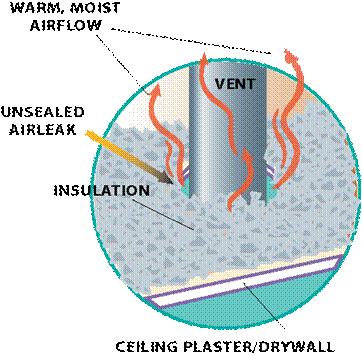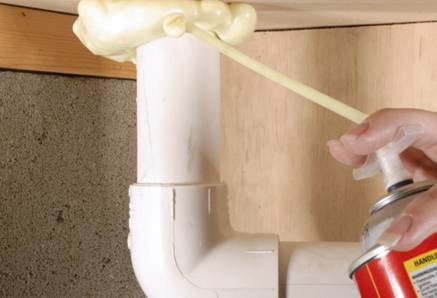How Sealing Air Leaks Contributes to Insulating your Home



Improving Your Home's Thermal Performance: Sealing Air Leaks
Proper insulation is a crucial step in enhancing a home's energy efficiency. However, even the most well-insulated property can suffer from heat loss or gain if air leaks are present. These often overlooked culprits can significantly impact your home's comfort and energy bills. Fortunately, addressing air leaks is relatively straightforward and can yield substantial benefits. This guide will outline the process of identifying and sealing these vulnerabilities to optimize your home's thermal performance.
Locating Air Leaks
Air leaks commonly occur in two key areas: the attic and the basement. To effectively seal these leaks, it's essential to conduct a thorough inspection of both spaces.
- Attic: Examine the ceiling for electrical outlets, light fixtures, and ceiling fans. Access the attic and inspect for potential entry points around these components. Carefully remove and replace insulation to identify any gaps or cracks. Take this opportunity to assess the insulation's condition and consider upgrading if necessary, adhering to local building regulations.
- Basement: Focus on the basement walls, looking for cracks and gaps. Foundation-wall junctions with the rim joist and sill plate are also common leak points.
Sealing Techniques
Once air leaks have been identified, they can be sealed using appropriate materials.
- Small gaps: Silicone caulk is ideal for smaller openings, such as those around electrical boxes. It adheres well to various surfaces and is easy to apply.
- Larger holes: Polyurethane foam is effective for filling larger gaps, including those around vents and pipes. Allow the foam to expand fully before trimming excess material.
- Loft hatch: If your loft hatch is not pre-insulated, use caulk or foam weatherstripping to seal the gap between the hatch and its frame.
Safety Precautions
When working in the attic or basement, prioritize safety:
- Wear protective clothing.
- Ensure adequate ventilation.
- Avoid working in extreme heat.
- Take precautions to prevent falls in the attic.
Conclusion
By diligently addressing air leaks in your attic and basement, you can significantly enhance your home's energy efficiency and comfort. This relatively simple process can lead to substantial savings on heating and cooling costs. Remember to prioritize safety and choose the appropriate sealing materials for each specific situation.
Improve your home insulation with our high-quality insulation products. Call us today, visit our online store or contact us for assistance by email
































































































































